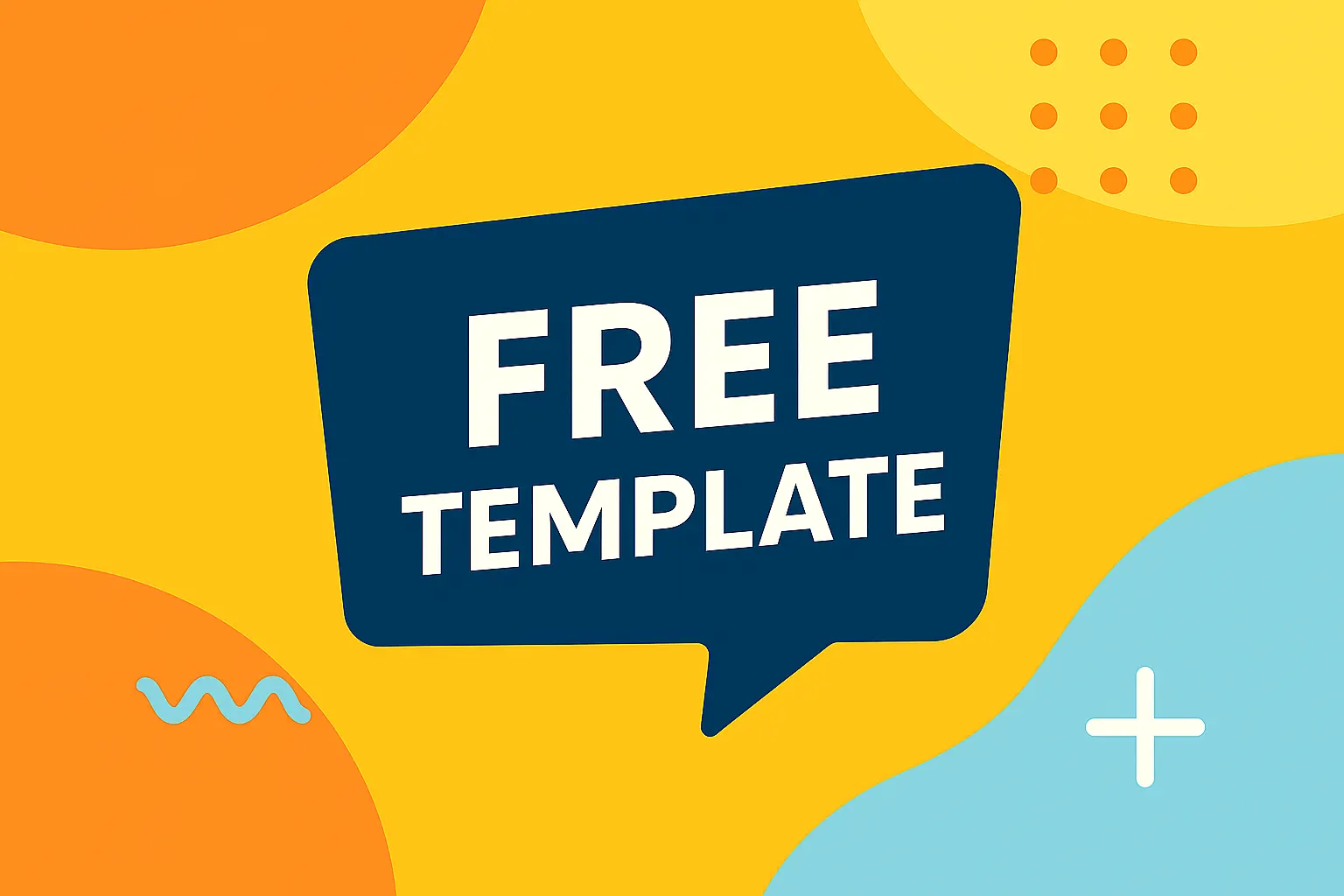Introduction
Joomla is known for its flexibility and extensibility, and one of the most powerful features that empowers developers is template overrides. Overrides allow you to change the output of Joomla components, modules, and layouts without modifying core files, ensuring your customizations are update-safe.
But if you’re still only doing basic template changes, you’re missing out on the full power of Joomla’s override system. This guide explores advanced Joomla overrides and customizations, ideal for developers and site builders looking to take complete control over design, layout, and functionality.
What Are Joomla Overrides?
An override in Joomla is a way to customize the output of Joomla core or third-party extensions by duplicating and editing their layout files within your template.
Types of overrides include:
- Component overrides (com_content, com_contact, etc.)
- Module overrides (mod_menu, mod_articles_category)
- Layout overrides (for fields, forms, and templates)
- Language overrides (customizing text strings)
These allow you to maintain core functionality while fully customizing output.
Why Use Overrides Instead of Hacking Core?
- Update Safe – Overrides live in the template directory and are preserved during Joomla updates.
- Cleaner Development – No need to edit component or module code.
- Full Flexibility – You control structure, markup, and logic.
- Separation of Concerns – Design customizations stay in the template; business logic remains untouched.
Creating Component & Module Overrides (Advanced Examples)
Step 1: Access Template Overrides
From the Joomla backend:
- Go to System > Site Templates > Templates > [Your Template] > Create Overrides
- Choose a component (e.g., com_content) or module (e.g., mod_articles_news)
Joomla will copy the view files into:
/templates/your-template/html/com_component/view_name/
/templates/your-template/html/mod_module_name/
Step 2: Customize Output with PHP/HTML
You can now modify:
- The order of displayed fields
- Wrap elements in custom classes
- Add conditional logic (e.g., if user is logged in, if article is featured)
- Change structure from table to div layout, or use Bootstrap
Example: Customizing Article Layout
<?php if ($params->get(‘show_title’)) : ?>
<h2 class=”custom-title”><?php echo $this->escape($this->item->title); ?></h2>
<?php endif; ?>
Example: Adding Schema Markup
<div itemscope itemtype=”https://schema.org/Article”>
<span itemprop=”headline”><?php echo $this->item->title; ?></span>
</div>
Advanced Techniques for Joomla Overrides
Override Layouts Using Alternative Layouts
Instead of modifying the default layout, create alternative layouts.
Steps:
- Create a file in:
- /templates/your-template/html/com_content/article/mycustomlayout.php
- In the article or module settings, set Layout to mycustomlayout.
Dynamic Overrides with Template Parameters
Add custom parameters to your template’s templateDetails.xml file:
<field name=”showCustomDate” type=”radio” default=”1″ label=”Show Custom Date?” description=”Toggle display of custom date.”>
<option value=”1″>Yes</option>
<option value=”0″>No</option>
</field>
Use it inside overrides:
<?php if ($this->params->get(‘showCustomDate’)) : ?>
<span><?php echo date(‘F j, Y’); ?></span>
<?php endif; ?>
JavaScript & CSS Integration per Override
Use conditional asset loading based on the override:
// Inside override file
$doc = JFactory::getDocument();
$doc->addStyleSheet(‘templates/your-template/css/article-custom.css’);
$doc->addScript(‘templates/your-template/js/article-interactions.js’);
Override Form Fields
Want to change how form fields render?
- Copy core field layouts from /layouts/joomla/form/field/
- Paste into:
/templates/your-template/html/layouts/joomla/form/field/
You can now customize field labels, input wrappers, or add tooltips.
Module Chrome Overrides
Use module chrome functions to change how modules are wrapped.
In template.php:
function modChrome_custom($module, &$params, &$attribs)
{
echo ‘<div class=”custom-module-wrapper”>’;
if ($module->showtitle) {
echo ‘<h3 class=”module-title”>’ . $module->title . ‘</h3>’;
}
echo $module->content;
echo ‘</div>’;
}
Use it in module position:
<jdoc:include type=”modules” name=”sidebar” style=”custom” />
Useful Joomla Override Extensions
- Regular Labs ReReplacer – Replace any string or tag site-wide
- Advanced Module Manager – Control override positions and visibility
- Template Creator CK – Build and manage override-ready templates
- Component Creator – Auto-generate override-friendly custom components
Testing and Debugging Your Overrides
- Enable Debug Mode from Global Configuration
- Use Joomla Debug Console to inspect variables
- Install “What’s Override” plugin to inspect what files are being loaded
- Use Version Control (Git) to track override changes
Best Practices for Joomla Overrides
· Always test overrides on a staging site first
· Use alternative layouts to avoid breaking the default view
· Comment your custom code inside override files
· Avoid hardcoding IDs or inline styles
· Use Joomla core functions and helper classes whenever possible
· Back up original and override files regularly
Conclusion
Mastering Joomla overrides and customizations is a game-changer for developers. It lets you fine-tune every aspect of the front-end experience without touching core files — ensuring stability, upgradability, and full creative control.
Once you understand how to use and manage template overrides effectively, you’ll be able to deliver custom Joomla solutions that meet any client or project requirement.
Need help creating advanced Joomla overrides or building a fully customized site? Reach out to our expert Joomla developers for tailored solutions that go beyond default templates.

